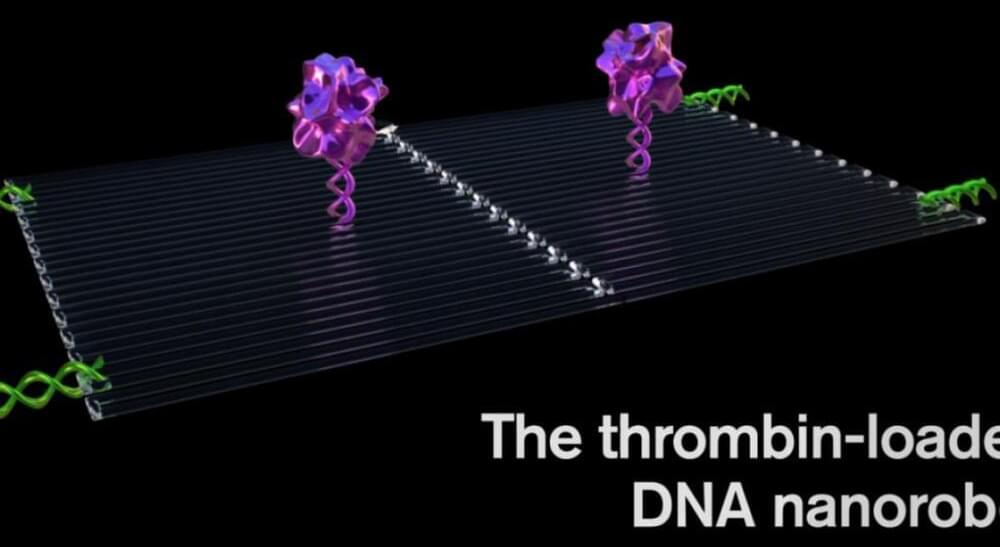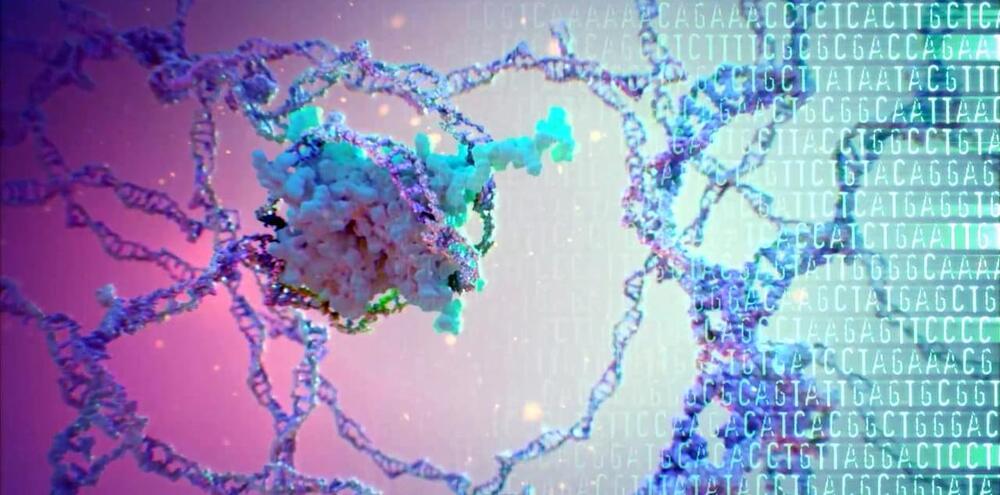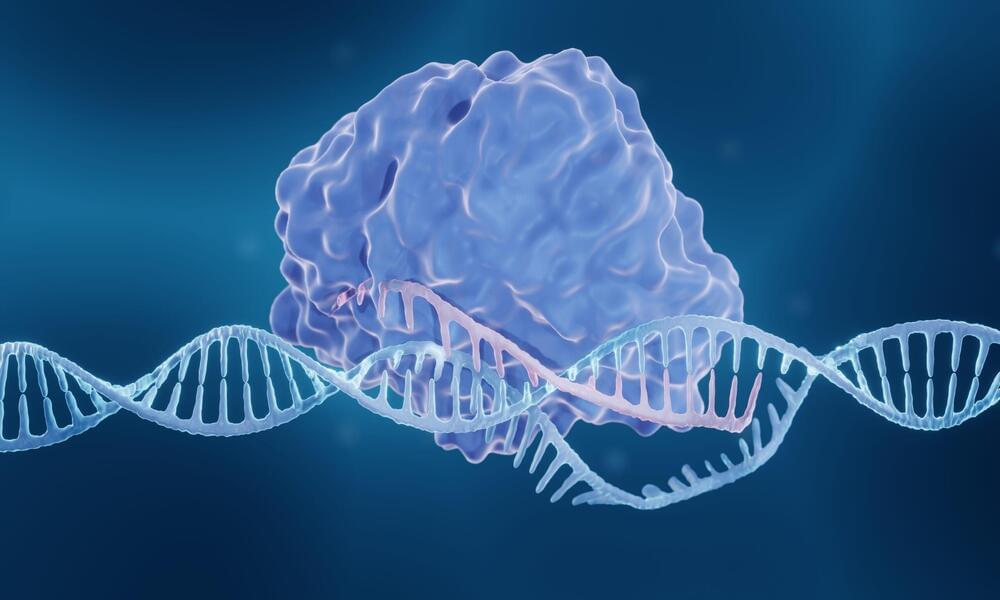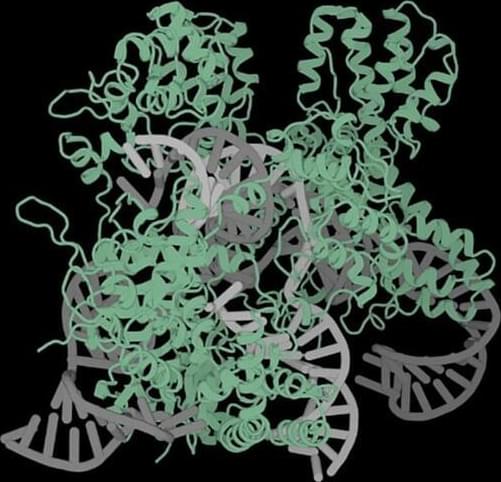May 15, 2024
The State of CRISPR and Gene Editing 2024
Posted by Dan Breeden in categories: bioengineering, biotech/medical, food
Following the landmark approval of the first CRISPR-based cell therapy in December 2023, the CRISPR community is looking ahead to the next wave of commercial successes, fueled by continued innovation in the development of new gene editing and delivery tools and technologies. Equally exciting advances are occurring in livestock editing, xenotransplantation, and many other specialties.
In The State of CRISPR and Gene Editing virtual summit, GEN proudly gathers a tantalizing line-up of luminaries from academia and industry to discuss the latest research developments, innovations, and advanced technologies that are expanding the CRISPR toolbox, delivering new therapies to patients and safeguarding our food supply.


















